Reconsidering Creative Work to Earn More Cultural Value & Relevance. Part 4: The Model
The Value of Form
For those in the architectural and sculpture professions, models are a fundamental component of the industry. To be able to visualize 3-dimensional aspects of a proposal or future structure is a critical aspect of marketing work and having others understand what we intend. It has been a hallmark of the profession since the beaux-arts era of European aesthetic production.
We even have public museums and private galleries that focus completely on professional models. With the era of “starchitects,” we’ve even seen collections solely dedicated to one practitioner’s legacy.
Richard Meier stands in his museum collection
So if model-making is so essential to the practice, what is there to question? I’m glad you asked because Hither Yon never leaves any stone unturned!
Is Modeling Contradictory?
Here’s the thing, the way model-making has evolved with recent technology warrants some scrutiny. The design professions have truly blazed the way of using current tech for all kinds of creative purposes. But that progress comes at a cost-
1: Newer technology is environmentally unsound. Laser-cutting, 3D-printing, and other fabrication technologies are technically terrible for the environment. They all emit toxic fumes and/or are composed of non-biodegradable plastics and silicon.
2: Models are mostly trash. With the thousands of architects and architectural students around the world, model production is at a historical high. With the rapidity of production, most of which will never meet the public eye, almost all of models are destined to landfills where the high volume of plastics and synthetic materials will occupy parts of the earth for centuries to come.
3: Excess, excess, excess. Models typically have a shelf-life of a few days or weeks. The concepts of iteration - mass production for the sake of presentation and variation - are inherently wasteful and unncessary.
Unsustaining an Unsustainable Model
No matter the profession, we must practice what we preach. In my opinion, the architectural profession should be one of the world’s stalwarts for sustainable development. However at the most basic level, the bubbles of creativity often ignore the glaring contradictions of daily practice. To model solar panels with foam-core? To emulate green areas with plastic trees? To foresee future metropolises with plastic prints?
How can we command responsibility when our preach falters?
Again, much of the critique calls for a “back to basics” approach, reconsidering the accustomed practices of any profession. Small gestures accumulate into broad motions, long-term progress or recession. Can we tweak bits of our creative trajectories to produce more resounding pride, accountability, and value?
That’s all for today, let us know what you think below!
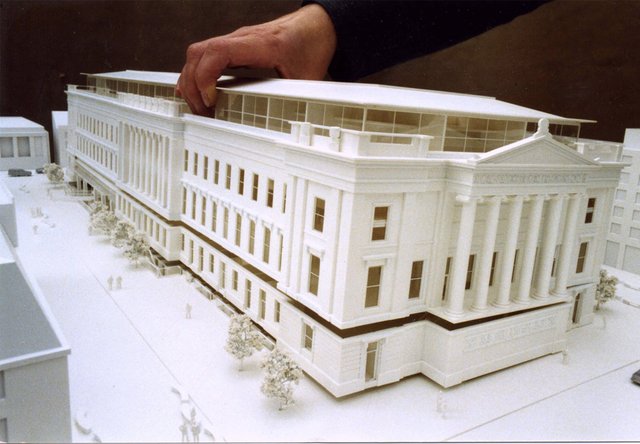
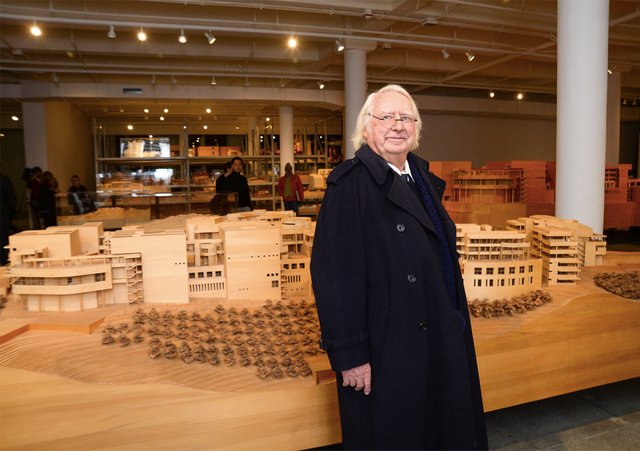
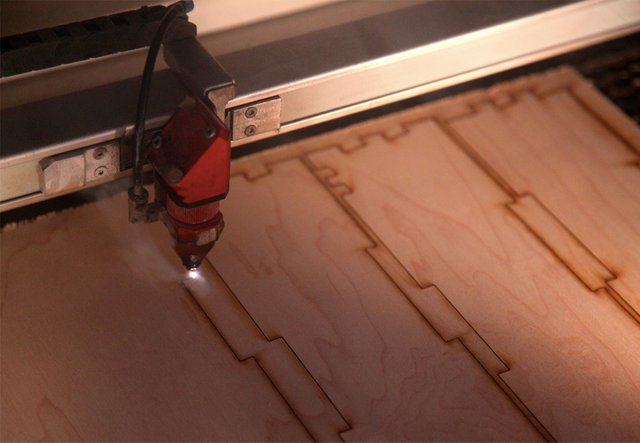
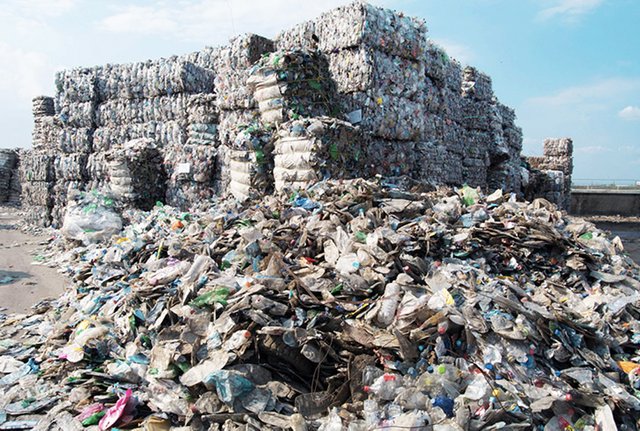
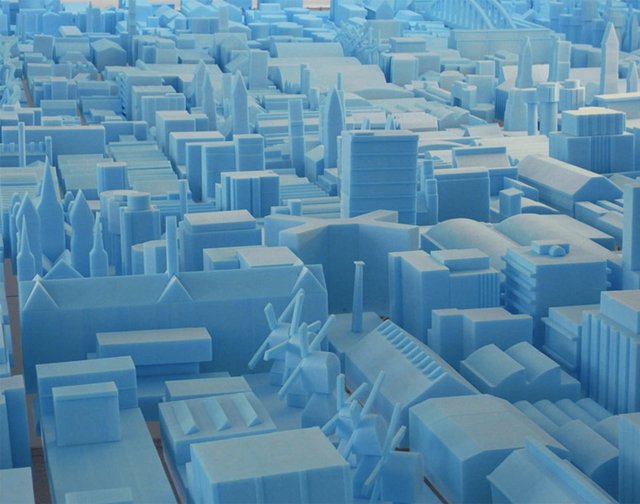

The solution? Make all models out of Christmas cookie dough, and eat them afterwards.
Yes!!!! And architects would be better fed and a bit happier!
You bring up some great points! I enjoyed your post!
Thanks for reading Eric!
You're welcome!
Architectural models are an insignificant proportion of trash, and technology to recycle plastics is in development. Meanwhile, a physical model is invaluable to a desgner even in the age of real-time 3D rendering. I think you are making a mountain out of a molehill.
The exact "value" of any part of any practice is definitely worth some discussion in itself. I'll try to break down my stance a bit -
First off, I agree that from a very personal perspective it doesn't compute to anything significant. You're an architect or student in the field, making maybe a dozen models that come out to a mere several dozen cubic feet of landfill material. But multiply that by x 50 students for an average architectural class, x4 or 5 for every grade level in a school, x 5-20 for each state, x 50 for the states, x XX for western countries that follow the same model... and you can quickly see how what seems like a molehill is actually the tip of an iceberg that indicates major and broad systemic problems throughout the entire profession. Theoretically, it is addition. In practice, it is exponential growth.
Second, on any of these 'Reconsideration' posts/articles, I try to highlight the negligence (whether purposeful or not) that we adopt in the profession just because they are age-old practices that no one seems to ever critique outright. "Of course we have the build models, draw plans, render unrealistic and aggressive futures, etc. etc. etc., that's what we do!" I believe complacency is ultimately what weakens any creative profession and not thinking through why exactly something is done and how its done is a major fault in the real world.
But I'm glad this is getting a wider range of responses. These posts are aimed to spark discussion on aspects that we don't ever really discuss!
The contribution of architecture models in trash pile might be more of an innocuous one amongst many others. However, there are many small portions in a wasteland that started to take life on its own. How many arch model trash piles are we going to dismiss when there are thousands of architecture schools around the globe with hundreds of students making models each semester? How about the amount of money we collectively spend on models (that will most likely end up in a trash bin after a semester)? Yes, our profession does not have a critical discourse regarding model making practice because we do not want to measure what we consider as a "must" impact on the environment as a whole. Our pedagogical practice could be way more sustainable than it is now.
Instead of condemning an invaluable practice, maybe it's time to think outside the box and find new ways to recycle models. For example, architectural models could be contributed to local game shops for physical terrain to be used in war games and role-playing games.
I think what Michael is getting at is more about waste in the design process... sure physical models are valuable. But today in star-architect firms you have TONS of that horrible blue foam junk that's for quick and dirty studies on form and geometry. With digital 3D modeling software today - we go through thousands of design iterations on screen. It's a wasteful process, and that consumerist mindset translates over to these model shops. I think Michael is saying that it's a needless contradiction when - for example - you're designing a "sustainable" building. The process needs to smarten up... and ultimately, they just don't make models like they used to...